The content of the article
Residents of private and apartment buildings often face the problem of blocking the toilet. Such an unpleasant situation has many reasons associated with both improper operation and poor installation. But, no matter what causes the blockage of the toilet, the main thing is to be able to quickly eliminate it.
This article will help. It describes the main causes of sewage pollution. Effective ways to deal with them are provided, as well as helpful tips on preventing blockages.
Signs of a clogged toilet
There are primary signs that signal the contaminated state of the sewer system. If you observe at least one of them, this is an occasion to urgently begin to eliminate the blockage, without waiting for the problem to worsen.
- filling the toilet bowl with the returned sewer;
- slow passage of water through pipes into the sewer;
- the appearance of an unpleasant smell of sewage waste.
What makes the toilet clogged
The toilet becomes clogged over time. Like any other plumbing device, it must be periodically cleaned. To do this, if possible, it is necessary to determine why the cork was formed. The clogging of the toilet occurs for the following reasons:
- Incorrect installation. An obstruction is often caused by an improperly installed drainage system. Sewer pipe has a small angle as a result of which the waste is poorly washed off. They linger and gradually accumulate, completely clogging the system.
- Organic waste. Various food products are often flushed in the toilet. For example, porridge leftovers, potato peelings, seeds, apple bits and much more - the list can be long listed.
- Household garbage. A third cause of blockage is household pollution such as broken glass, stationery, paper, bags, and more. This happens when the toilet is used as a trash barrel.
- Cat tray filler. Modern fillers for animal toilets are created from concrete, a special clay that absorbs moisture and holds it. Once in the toilet, the clay lumps stick together, forming a cork in the channel.
Cleaning Methods
Depending on the type of pollution, various methods of cleaning the toilet are used. In order to restore the drainage system to its former working condition at home, two main methods are used:
- mechanical;
- chemical.
Serious blockages can only be removed mechanically. To cope with a little pollution, various chemicals are used. Decide which method to use after determining the cause and complexity of the blockage.
Mechanical blockage removal methods
Mechanical methods for cleaning blockages are used most often. Such work is done independently, without the involvement of professional plumbers. For cleaning, various mechanical devices are used.
Plunger
The most common tool that is available in every home. It will help to cope with a shallow blockage. The best fit for the toilet is a plunger, which has a special cone on a rubber nozzle.
Application: To use a plunger, it is necessary to fill the toilet with about one third of the water. The tool is installed on the drain hole so that its edges overlap the drain as much as possible and are firmly adjacent to the surface of the toilet bowl.Then, by reciprocating the handle, it is necessary to create pressure in the drain to break through the blockage. The procedure is repeated until the mash is completely eliminated, until the water begins to quickly leave.
Plumbing cable
To eliminate blockages, a plumbing cable is often used. This is a long cable that bends easily. At one end of the tool is a handle (knob), and at the other a special metal brush. A plumbing cable may have different lengths. It is very convenient for them to clean the deep blockages of the sewer pipe. But in most cases, one meter of length is enough to clean the toilet.
Application: Insert the cable into the toilet drain and push it as deep as possible. The tool has a handle, rotating which will easily overcome the bends of the drainage system. When you get to a blockage, break through it. Clean until the water from the toilet starts to drain quickly, taking the remaining contaminants into the sewer. After removing the blockage, clean the drain by rinsing it with plenty of hot water and detergents.
Chemical blockage removal methods
Use a variety of chemicals to eliminate light blockages. On the shelves of shops you can find a whole arsenal of chemistry. These substances come in the form of powders, liquids and granules. They help to clean the toilet well without damaging the drain system.
Soda and Vinegar
The simplest and most affordable chemical that can eliminate blockage is regular baking soda and table vinegar. For cleaning, you will need to buy a pack of soda and one bottle, seventy percent, vinegar.
Application: First, scoop out excess water, leaving a little in the sink. Then pour half a pack of soda into the toilet and push it as deep as possible. Top up with a glass of vinegar and wait 15-20 minutes until the reaction is over. Use hot water to improve the effect. Pour it into the toilet and the blockage will disappear faster.
Pipe Cleaners
These substances can destroy the congestion in sewer pipes, formed from fat, salts and other contaminants. Depending on the type of pipe and the complexity of the blockage, you can choose imported or domestic products. Imported chemicals are suitable for any pipes (plastic and metal), and domestic for metal.
Popular foreign-made cleaners are: Domestos, Mr. Muscle and Tofix. These tools are suitable for all types of pipes. They carefully eliminate blockage, as well as unpleasant odors.
Of domestic products in demand are: “Ruff”, “Chimney sweep” and “Mole”. These cleaners are great if the toilet is clogged. But do not forget that they can corrode not only the blockage, but also the walls of the pipes.
Application: Read the instructions and, observing the dosage, pour the pipe cleaner into the toilet. Then add the required amount of hot or cool water. Leave the cleaner for 1.5 –2 hours. After the specified time, flush the toilet with hot water.
Blockage prevention
- Do not use the toilet as a waste bin. The garbage thrown into it will certainly lead to a complete clogging of the sewer pipe.
- Periodically clean the toilet trap using chemicals.
- Flush the system with hot water every week.
- If a background riser is installed in your sewage system, make sure that it works properly.
After reading this article, you now have a general idea of how to independently cope with a clogged toilet system. It is difficult to eliminate the consequences of careless use, so take preventative measures. Try to regularly monitor the condition of the drainage system. This will help to avoid big trouble.
Video: how to clean a toilet blockage

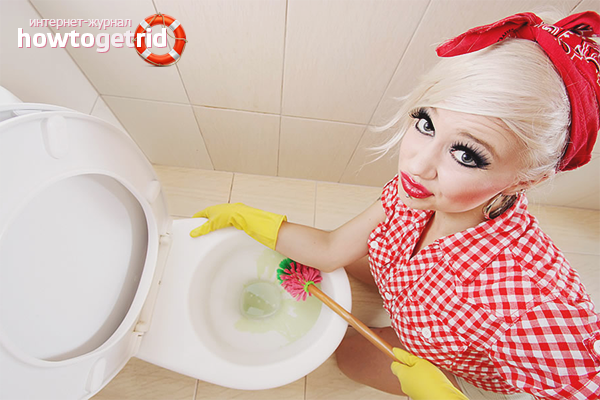
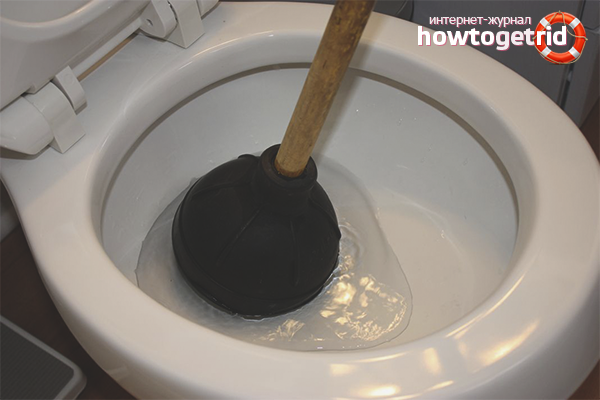
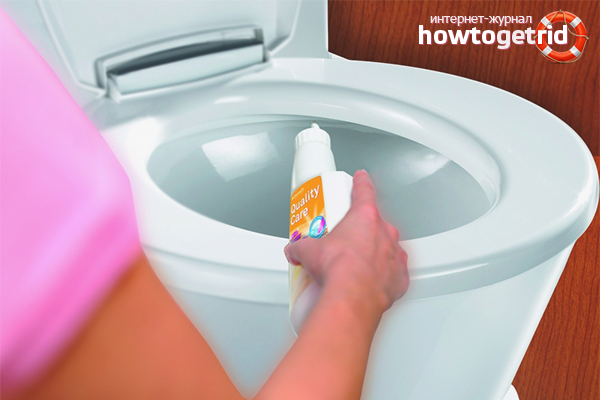
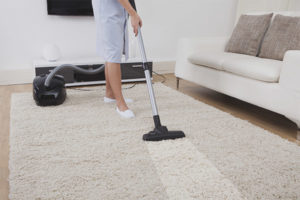

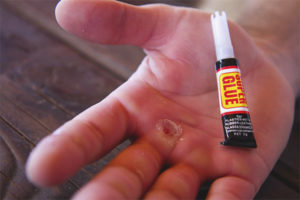

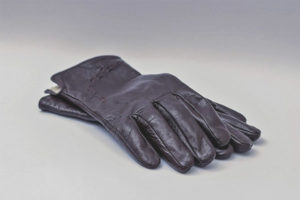


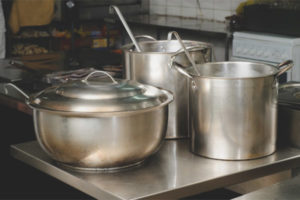
Submit